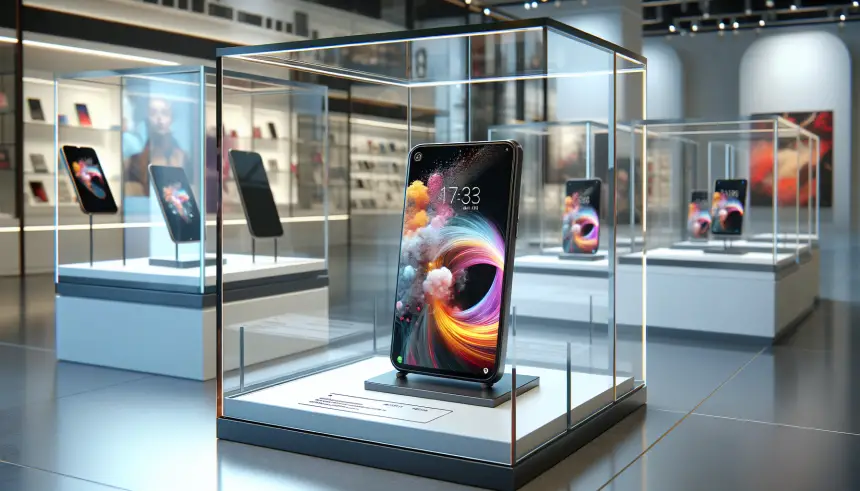Maybe you’re the person who’s still using a phone so old, it’s practically a fossil, simply because the thought of shelling out a small fortune for a new one gives you heart palpitations. Well, buckle up, tech-loving readers, because we’re about to introduce you to a little something called smartphone leasing that might just be the answer to all your gadget woes!
The ‘Lease is More’ Lowdown
Smartphone leasing is like leasing a car. You sign a lease with a smartphone leasing company, which gives you the right to use the smartphone for a set period. In return, you make lease payments. This is different from buying a phone on an installment plan, which many cellphone networks also offer to make smartphones more affordable.
When you lease, you generally need to make one initial payment up front, followed by weekly, biweekly, or monthly payments. The length of the lease term can vary from one provider to the next. For instance, T-Mobile offers 18-month smartphone leasing.
The Credit Check Conundrum
Smartphone leasing may or may not require a credit check, depending on the lessor. This could make it a good option for people who don’t have sufficient credit to purchase a regular contract phone. But remember, unless you purchase equipment protection insurance, you may be responsible for covering any damages to a leased smartphone out of pocket.
The Perks of Leasing
Smartphone technology is constantly evolving and adapting, with new models being released all the time. If you’re a tech aficionado, then leasing a smartphone makes it easier to upgrade when a new model comes along. Depending on the length of the lease term, it’s possible to get a new phone every year, allowing you to keep up with the latest technological advancements.
The Financial Factor
A typical premium smartphone can run in the range of $1,000 or more. But, leasing one may require you to make a small initial payment of $50 to $100, followed by low monthly payments.
The Credit Implications
A credit check is standard for many cellular service providers when applying for a contract phone. Poor credit may not result in a denial of service, but you may have to offer a larger deposit to get a phone. With smartphone leasing, poor credit or no credit history at all may not be a roadblock to getting service.
The Ownership Issue
When you lease a smartphone, you don’t own it. Rather, the cellphone company or lease provider does. On the other hand, when you purchase a smartphone, it’s yours. This means that you can decide what to do with it, including whether to keep it or sell it to someone else. You don’t have that option when you lease a smartphone—unless you decide to buy the phone at a later date.
The Hidden Costs
If you have the option to purchase a smartphone that you’ve been leasing at the end of the lease term, it’s important to consider the buyout fee. This is a fee that you pay to own the phone going forward. The amount that you’ll pay to buy a leased phone can vary from company to company, so it’s important to read the fine print beforehand.
The Wear and Tear Woes
When you lease a car, the dealership can charge additional fees for wear and tear or high mileage when you turn it in at the end of the lease term. The same thing may occur with leasing a smartphone. If you turn in a device that’s damaged beyond what’s expected for normal use, you could be charged extra fees.
The Final Verdict
Leasing may be a good option if you want to test certain models rather than commit to one. It’s also the most inexpensive option compared to buying a phone. Keep in mind there may be additional fees and deposits that may add to your monthly lease payment. Buying a phone, on the other hand, lets you keep the phone after it’s paid for, letting you do whatever you choose. This means you can sell it, give it to someone else, or trade it in for a brand new phone.
So, there you have it. The world of smartphone leasing, demystified. Now, go forth and make your choice. And remember, no matter what you choose, there’s always a way to keep your tech game strong without breaking the bank!





